Antonio Calderara / Antonio Calderara (1903 – 1978)
„La morte, fine e principio, dà significato al principio.”
(Death, end and beginning, gives the beginning its significance.
Antonio Calderara: Pagine 1973)
„Lebenszeit und Weltzeit” (Life-Time and World-Time) is the title of a book by the eminent philosophical writer Hans Blumenberg (1986). The tension and friction generated by this figure of thought indicates a conflict of serious consequence. Many of the precious notations by the painter Antonio Calderara, published in 1973 as a small volume under the title „Pagine”, illustrate his thinking that life and art’s connectivity and dimension of depth are rooted in the the arc of tension between finitude and infinity. World-time is enriched here by a metaphysical expansion, by a Latin coloration, which brings to mind Giacomo Leopardi, Giuseppe Ungaretti and Piero della Francesca. Blumenberg, for his part, found that the proportion of the world that can be experienced within one’s own lifetime is shrinking, that modern man increasingly perceives a shortage of time, despite the elaborate technologies for saving time.
With his life’s work, Antonio Calderara charted his way out of the dilemma. The paintings offer visible evidence of his solution. „Spazio, luce, colore luce, luce. L’uomo, il suo limite, il suo essere finito nell’infinito.” (Space, light, color light, light. Man, his limits, his finitude in the infinite.)
World-time provides the temporal measure in the general history of art. One of the last canonized chapters of this narrative is the history of the development and emancipation of modernism. The oversized scale of this parameter compelled Calderara to determine his own measure and render what was feasible for himself. „Bisogna sentirci niente per aspirare al più.” (We have to feel we are nothing in order to aspire to the highest.) With modesty and pretension, he undertook the creation of a parallel history, oriented to the measure of his own lifetime. Breaks and fractures do not manifest themselves as such. The new order does not impose and assert itself as an ultimate departure from continuity. For him, the revolutions of modernism are the impetus to discover and identify a formulation according to which these can result in a synthesis of the painter’s thinking, perception and actions.
From 1924 to 1958 he produced fine, small-format panels. A small number of large formats constitute the exception. Personal and delicate in their chromaticity and painterly qualities, the image layout and composition are clearly structured and often make reference to the framing. The motifs are taken from the painter’s immediate environment, reflecting the world of his existence: his daughter Gabriella who died at an early age, his wife Carmela, his parents and relatives, but also pitchers, flowers, mushrooms and the landscape of Lake Orta. The house from the seventeenth century in Vacciago above the Sacro Monte is the family residence and place of work. (After his death, the building would become the Museo Collezione Calderara di Arte Contemporanea.)
More and more, a common denominator – the result of concentrated and ambitious activity as a painter – is the fusion of light and color: color as light, light as color. In 1959, his work gradually and logically shifted toward abstraction with an unforced ease. Seeing becomes knowing and knowledge leads to coherent pictorial forms, always saturated with the richness of perception. The said landscape of Lake Orta offers itself as a reference point and formative condition, as a coordinate of visual solutions and inventions.
The panel painting, a felicitous reminiscence of the image supports of Italian painting in the Quattrocento, becomes an independent entity. Inspirations from works by Mondrian and Albers clarify and stimulate new understandings and insights.
The panel, in most cases quadratic and modestly dimensioned, is now the given territory. They initially exhibit a material thickness of about 10 mm, later roughly 3 mm. The painting is continued along the side surfaces. All the formal definitions refer to the entire field, which implies and provokes an imaginary expansion. The internal geometric order creates conditions that point toward an external order. The differentiation of the hues and the light/dark shading is achieved by applying the paint in many transparent layers. A subtle luminosity and closure of the surface emphasizes the unity and coherence of the pictorial object and means of painting.
In the late 1960s, in the early days of our gallery, we became acquainted with Calderara and had the pleasure of entering into a friendship with the maestro. In 1969, we presented his works for the first time. Several other exhibitions followed and the current show is a remembrance and homage to a special individual and great painter.
Installation views

Installation view room 4
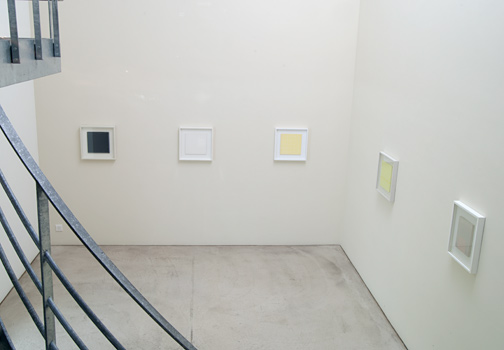
Installation view room 1
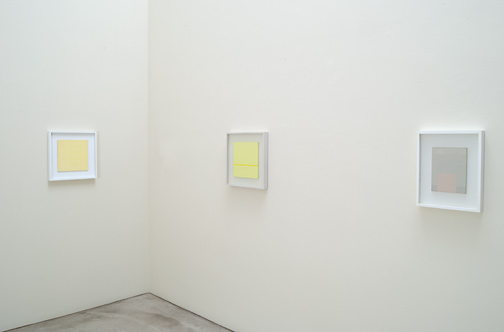
Installation view room 1
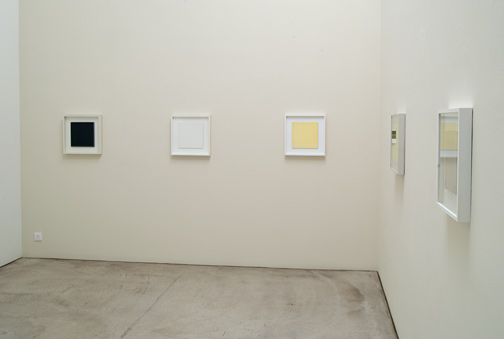
Installation view room 1
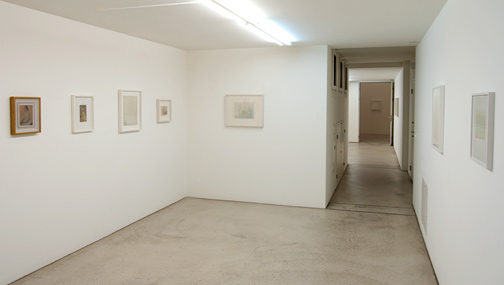
Installation view room 2
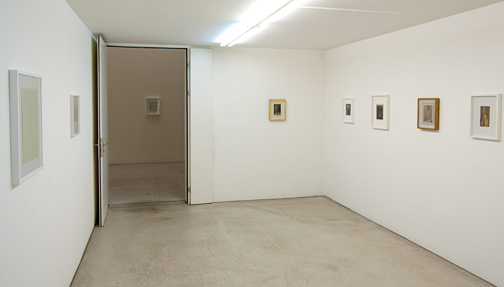
Installation view room 2
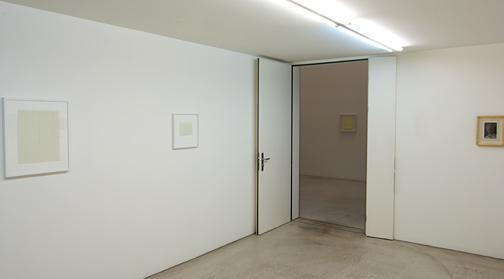
Installation view room 2
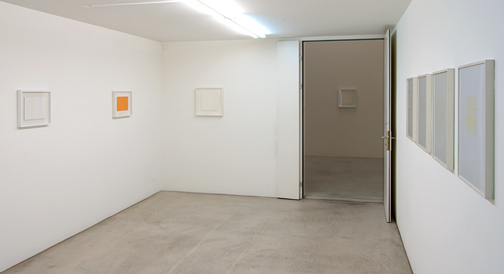
Installation view room 3
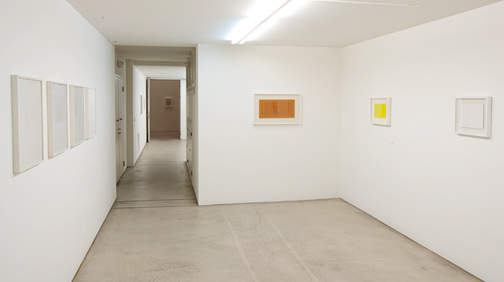
Installation view room 3
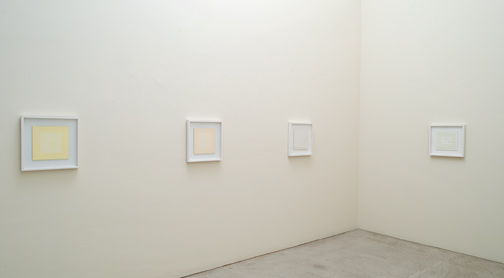
Installation view room 4
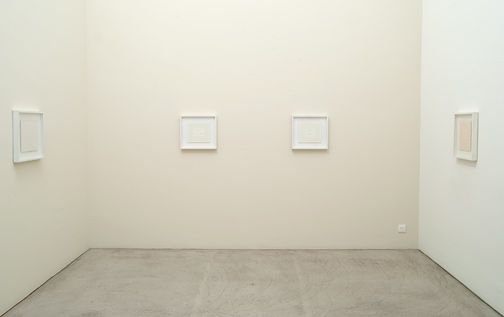
Installation view room 4
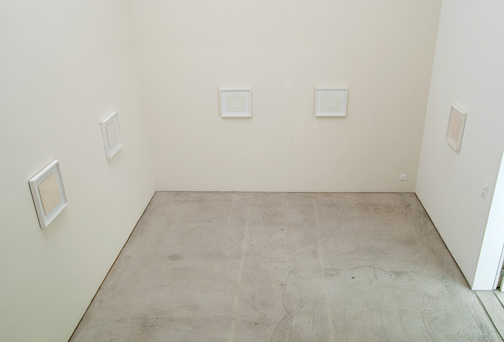
Installation view room 4
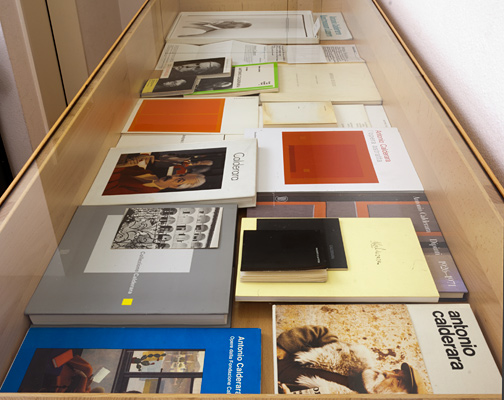
Installation view office
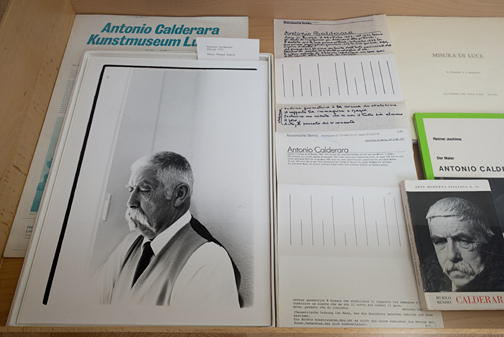
Installation view office
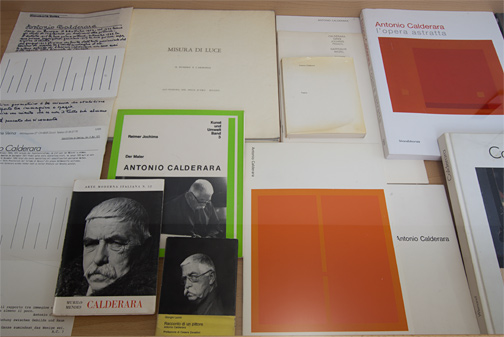
Installation view office
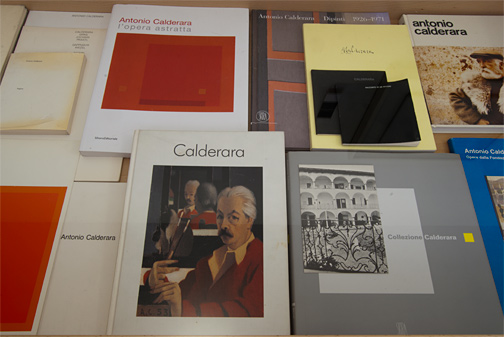
Installation view office
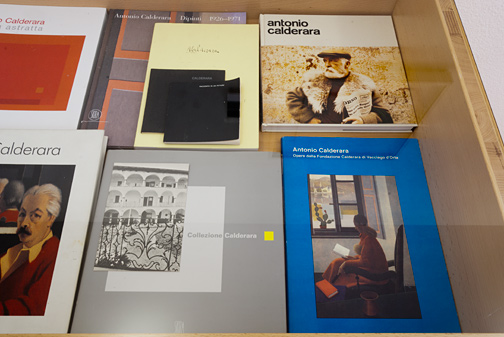
Installation view office
Works
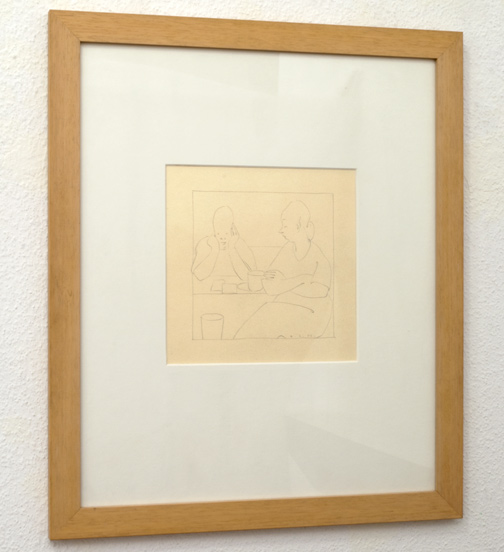
Senza Titolo
1956
39.5 x 32.5 cm
Graphite on Paper
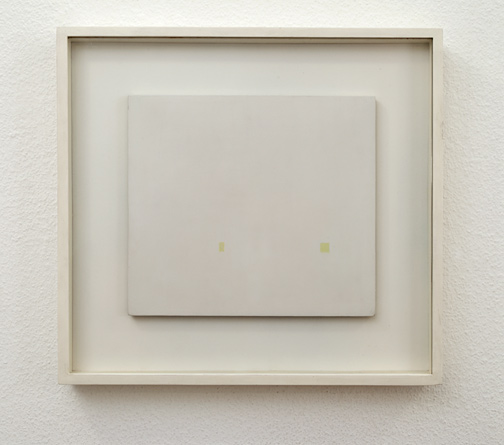
Silenzio
1964 -1965
24 x 27 cm
Oil on wood
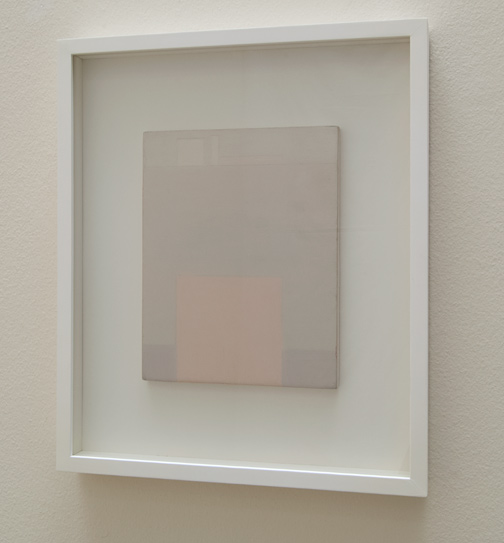
Studio
1959
24 x 18 cm
Oil on wood
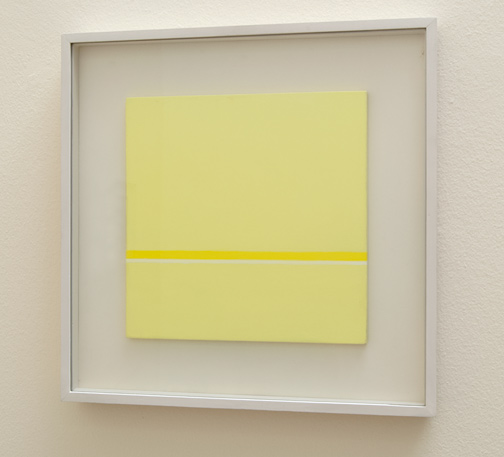
Orizzonte (giallo)
1968
27 x 27 cm
Oil on wood
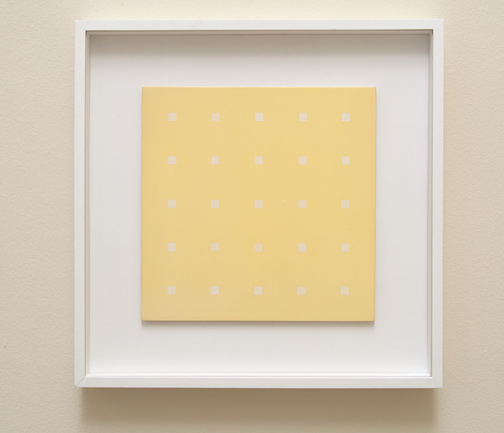
Q 25 costellazione bianca in Q giallo
1971/72
27 x 27 cm
Oil on wood
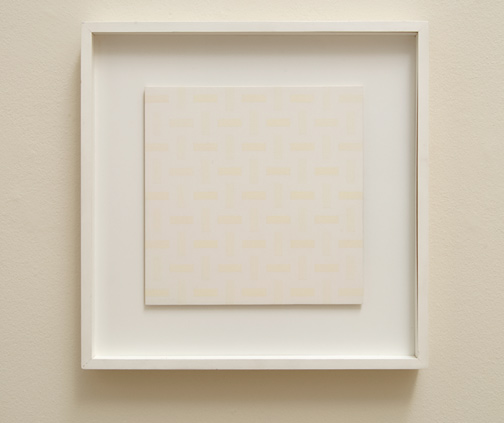
Pittura -5-
1974
27 x 27 cm
Oil on wood
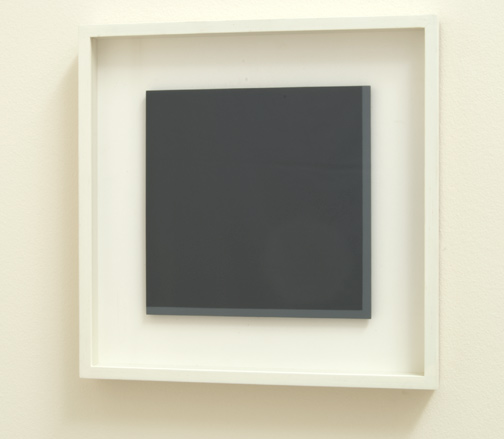
Senza Titolo
1974
27 x 27 cm
Oil on wood
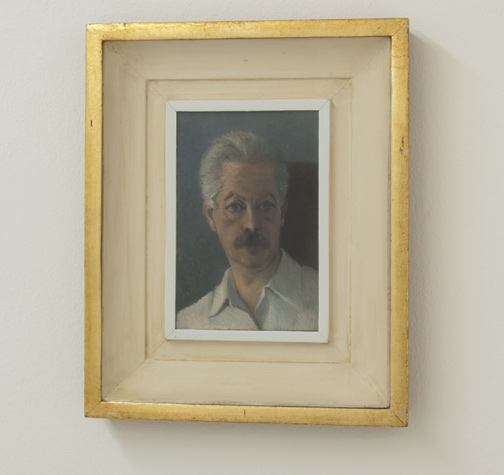
Autoritratto
1951
18 x 12 cm
Oil on wood
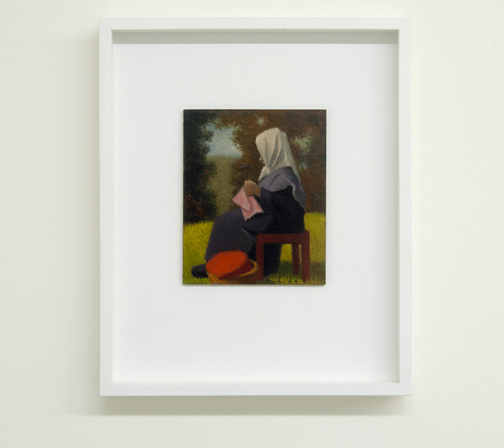
Figura al Sole
1949
16 x 13 cm
Oil on wood
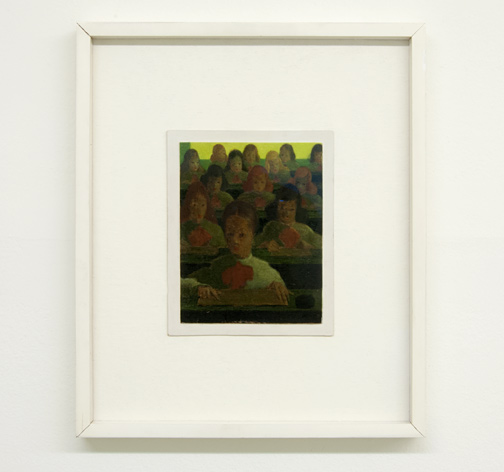
Pittura 28-Scuola
1951-1954
18 x 14 cm
Oil on wood
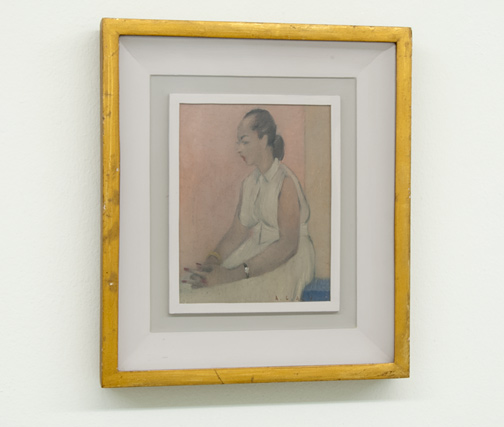
Figura in Bianco
1952
18 x 14 cm
Oil on wood
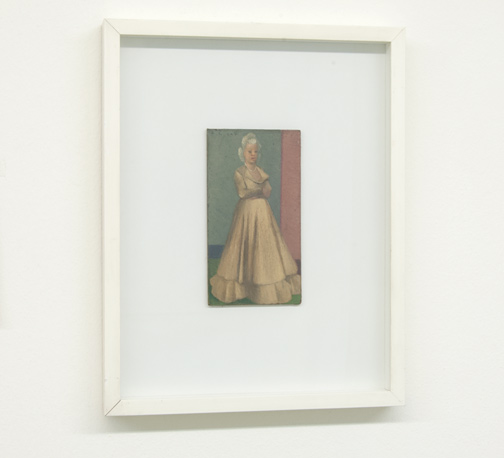
Figura Femminile
17 x 9.5 cm
Oil on wood
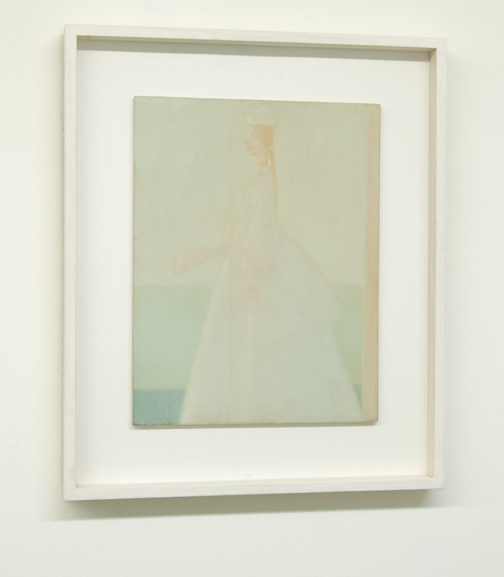
Romantica (La Sposa)
1958
35 x 27 cm
Oil on wood
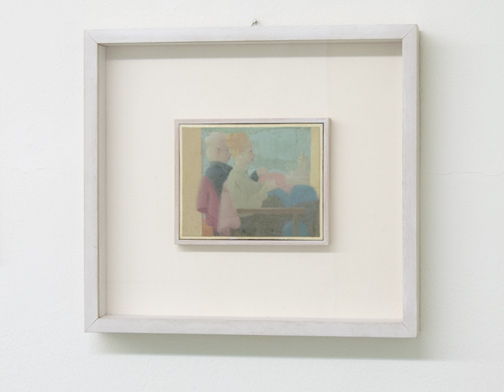
Figure
1952
11.8 x 15 cm
Oil on wood
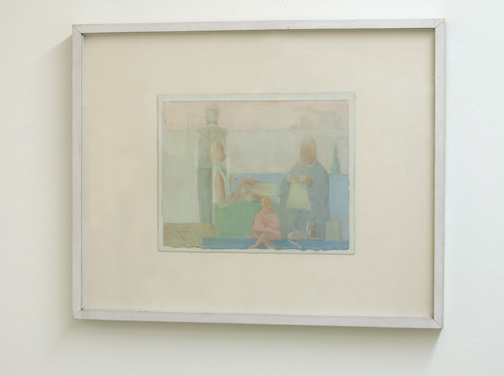
Intimità
1957
23 x 29.5 cm
Oil on cardboard on wood
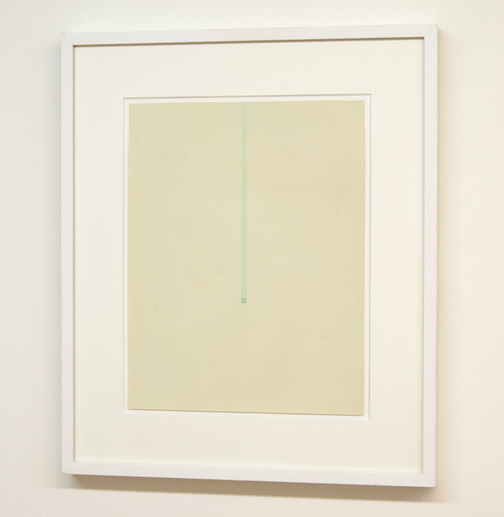
Aquarello
1967
37.5 x 12.9 cm
Aquarell on paper
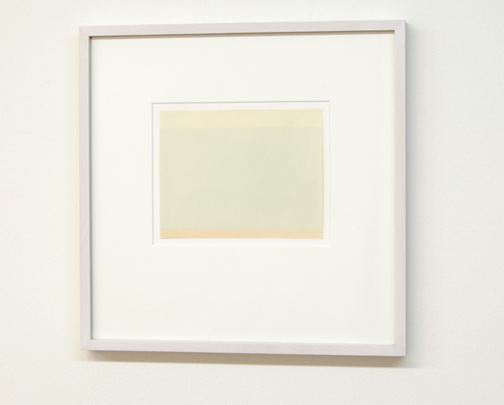
Orizzonte
1959
14 x 18 cm
Aquarell on paper
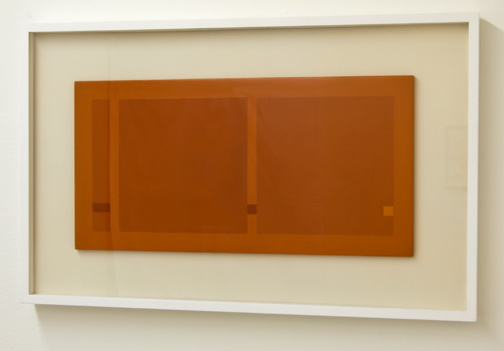
Quadrati e Rettangoli
1967
27 x 54 cm
Oil on wood
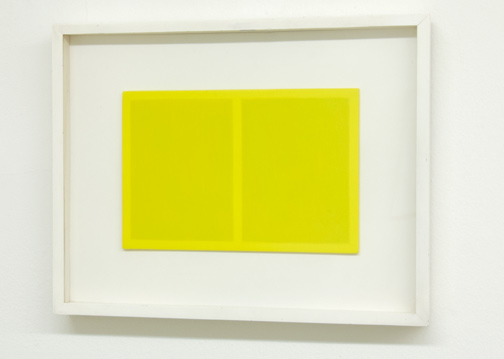
Spazio Luce
1963
18 x 27 cm
Oil on wood
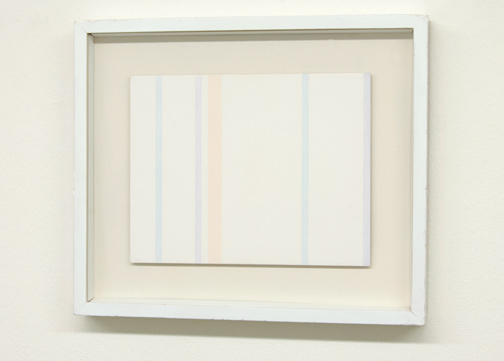
Senza Titolo
1974
21 x 27 cm
Oil on wood
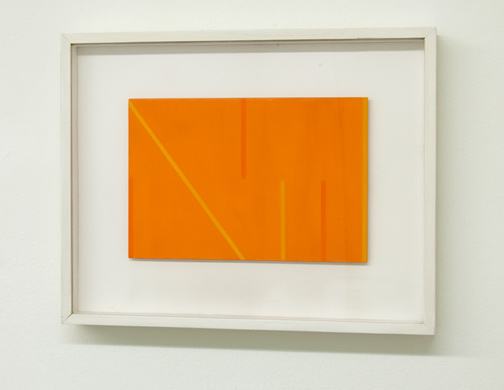
Senza Titolo (A Dadamaino)
1975
18 x 21 cm
Oil on wood
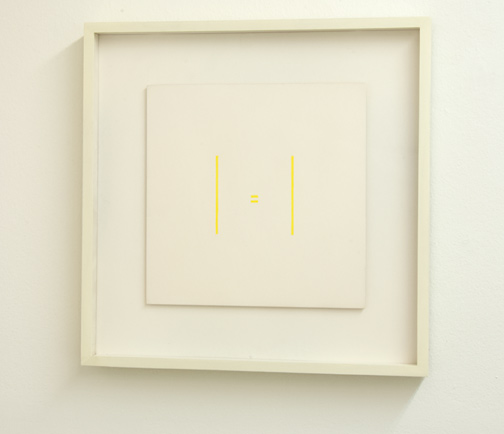
Senza Titolo
1973
27 x 27 cm
Oil on wood
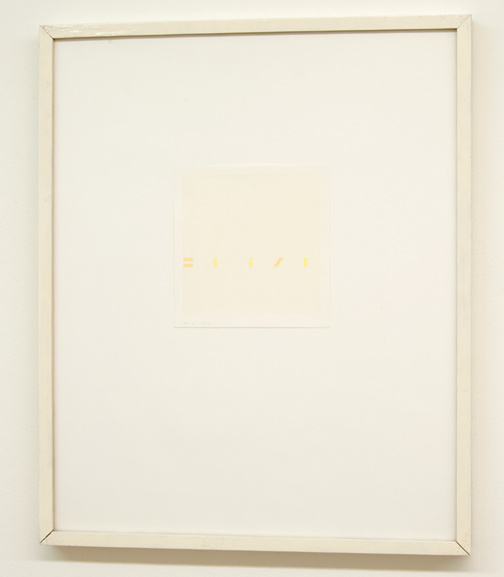
Lettera di un Convalescente
1977
13.5 x 13.5 cm
Aquarell on paper
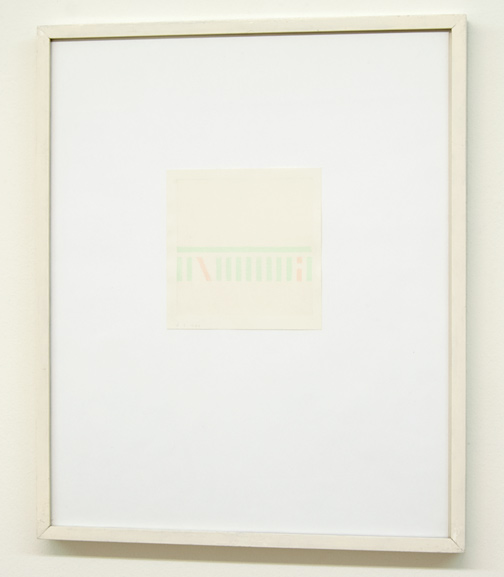
Lettera di un Convalescente
1976
13.5 x 13.5 cm
Aquarell on paper
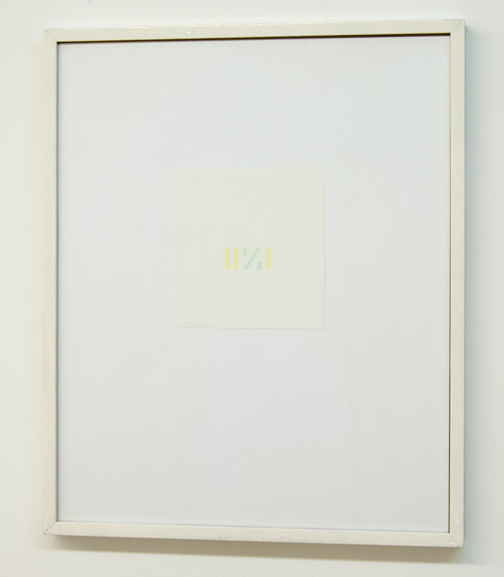
Lettera di un Convalescente
1976
13.5 x 13.5 cm
Aquarell on paper
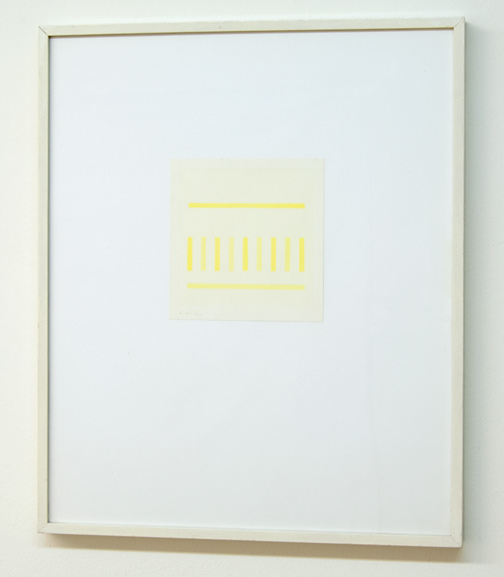
Spazio Luce
1973
13.5 x 13.5 cm
Aquarell on paper
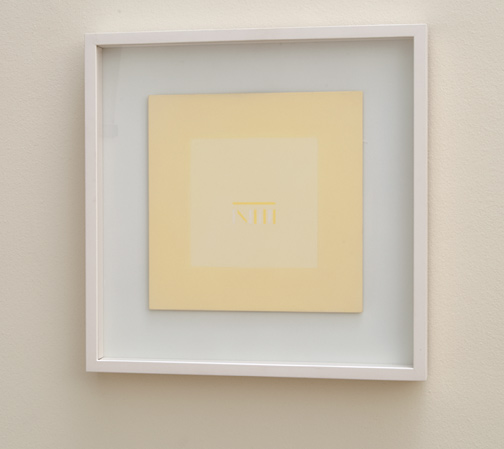
Senza Titolo
1976
27 x 27 cm
Oil on wood
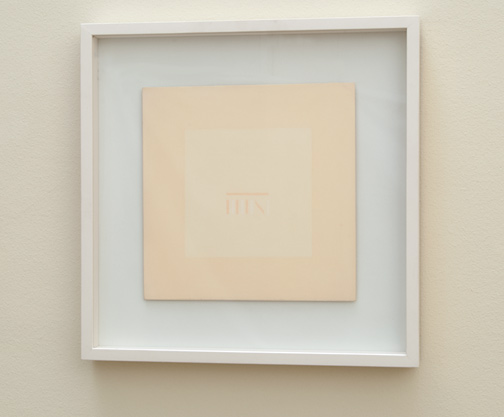
Senza Titolo
1977
27 x 27 cm
Oil on wood
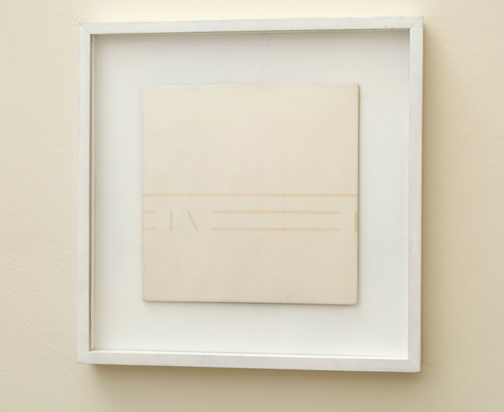
Spazio Luce
1977
27 x 27 cm
Oil on wood
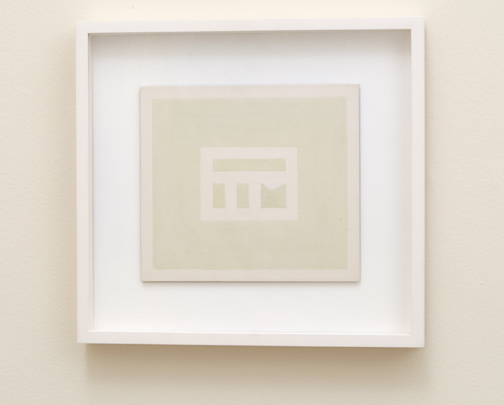
Epigramma
1978
24 x 27 cm
Oil on wood
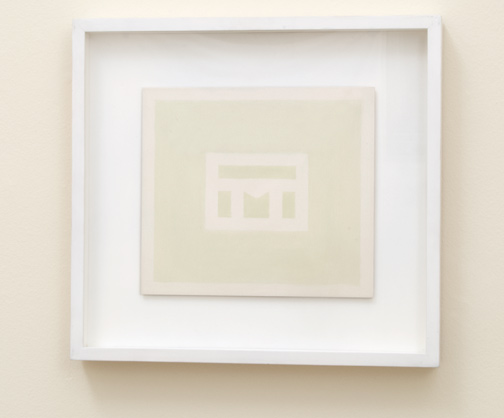
Epigramma
1978
24 x 27 cm
Oil on wood
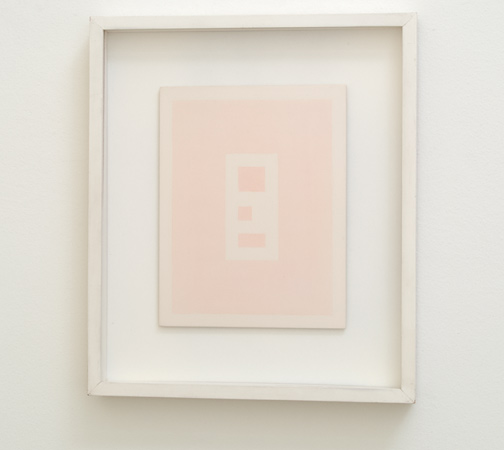
Epigramma 4.1978
1978
24 x 18 cm
Oil on wood
New
Exhibition
Dan Flavin (1933–1996) and Will Insley (1929–2011)
March 6 to April 26, 2024
New publications
James Bishop
James Bishop
Publisher: ER Publishing, Edited by Molly Warnock
Joseph Egan
Joseph Egan and Anton Himstedt: Common Ground
Publisher: Josef Albers Museum Quadrat Bottrop, Ulrike Growe
Exhibitions / Insight
INSIGHT #3 spotlights the graphic work of Fred Sandback through three examples from 1974 and 1982.
Joseph Egan, Ptolemäus: Die Welt im Griff? Antike Kartographie und zeitgenössische Kunst, Kunsthaus Grenchen
3. März bis 26. Mai 2024
Dan Flavin, Widmungen aus Licht, Kunstmuseum Basel
2. März bis 18. August 2024
Rita McBride, Momentum,
Dia Beacon, Beacon, NY,
July 1, 2023 to January 2025
Fred Sandback, Kurt Büsser ermöglicht... Erich Buchholz und Fred Sandback, Museum Wiesbaden
19. Januar bis 14. April 2024
Sol LeWitt (1928–2007)
A Wall Drawing Retrospective
Yale University Art Gallery and Williams College Museum of Art
November 16, 2008 – 2033

